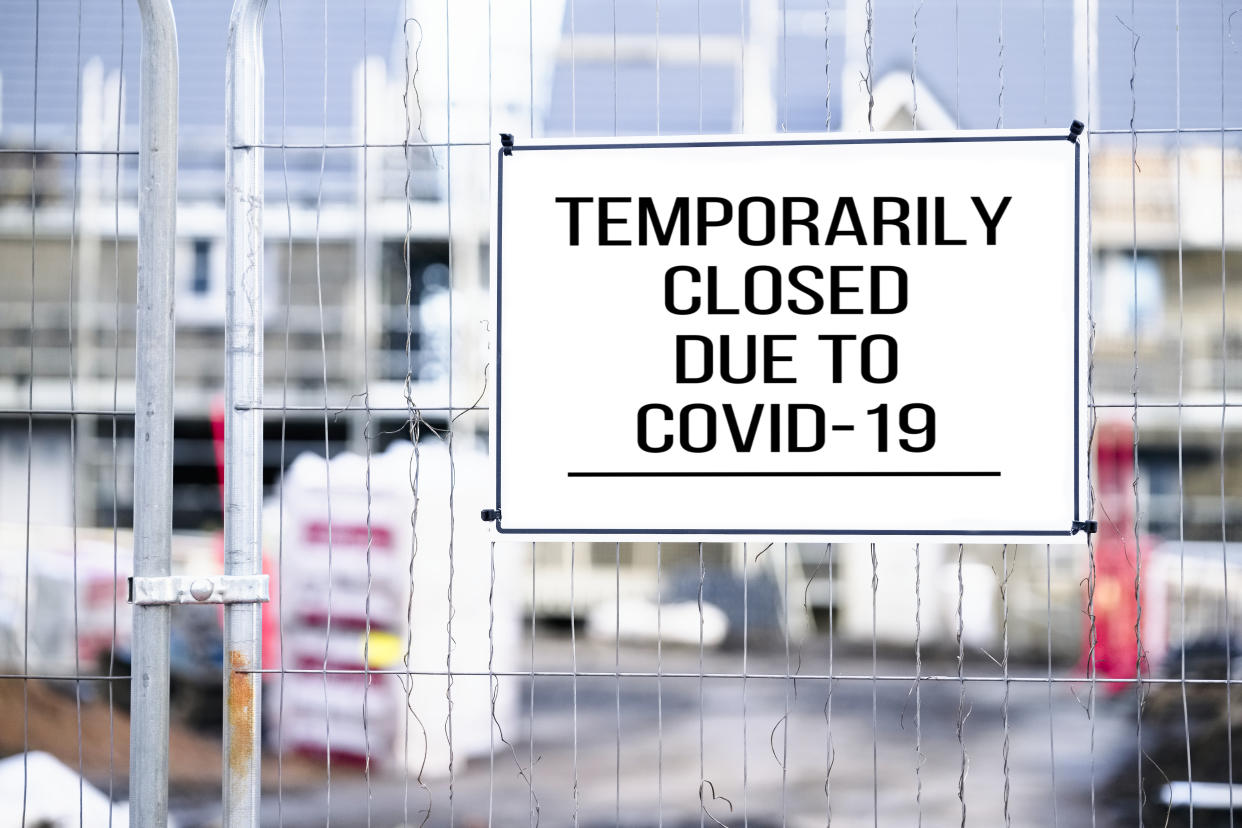Job Retention Scheme still supporting millions as number of furloughed workers falls

The number of furloughed workers fell by a quarter between May and June, but the government’s Job Retention Scheme (JRS) scheme is still supporting millions of employees, a new study by the Resolution Foundation shows.
According to the think thank, the number of furloughed workers peaked at 8.9 million in early May, falling to 6.8 million by the end of June.
In July and August, the number of fully furloughed workers continued to fall sharply as partial furloughing was introduced and the economy gradually reopened, the think thank said.
Figures released by HM Revenue and Customs (HMRC) revealed that the accommodation and food services sectors has had the highest furlough rate at 77% — while the retail and the wholesale sector furloughed the highest number of employments, at over 1.9 million.
READ MORE: Coronavirus: UK private sector sees sharpest growth in seven years
Chief economist at Panmure Gordon, Simon French estimates that around “3 million workers” are on furlough, expecting that figure to “jump down to the 2 million mark” in two weeks on the back of school reopening and people going back to work.
As the scheme winds down and if furlough is not extended, between 1 million to 1.5 million of those currently using it will “struggle to hold down jobs in the near term” — but if Treasury becomes aware of vast redundancies, it may change its policy, French said.
Sectors such as hospitality, entertainment, retail and the restaurant industry, where social distancing is not an economically viable business model, may face struggles and could lay people off in the long term.
Meanwhile, according to HMRC men had been furloughed at a higher rate than women, at 34% and 29%, respectively.
The data also showed a “broad consistency in furlough rates” across the nations in the UK, with the West Midlands region of England take up at the highest rate at 34%, compared to the UK average of 32%.
READ MORE: Seaside town like Bournemouth beat London in COVID-19 economic recovery
Senior economist at the Resolution Foundation, Nye Cominetti, said: “The Job Retention Scheme has played a critical role in protecting firms and workers from the worst of the economic crisis, with almost nine million workers furloughed at its peak in early May.
“The good news is that the number of fully furloughed workers has fallen substantially since early May as the economy has gradually reopened.
“However the fact that 6.8 million workers were still furloughed at the end of June, with hard-hit sectors such as hospitality still operating well below capacity, highlights the scale of redundancy risks workers face as the scheme is wound down by the end of October.
“The immediate priority for the Chancellor should be to bring forward further targeted support to these sectors.
“Otherwise, the significant policy success of the retention scheme will be followed by a big post-furloughing unemployment spike this autumn.”
Chancellor Rishi Sunak’s Job Retention Scheme —due to end on 31 October— is part of other measures to protect, support and create jobs and restart the UK economy after the coronavirus crisis, including, cutting VAT for tourism and hospitality by 15%, a £2bn ($2.6bn) Kickstart Scheme and a £8.8bn investment in new infrastructure, decarbonisation and maintenance projects.

